Easy Peasy You
Rosacea care: No more redness - finally inflammation-free skin
Posted by Lara Schimweg on
Is there really no solution for my rosacea?
Your feeling is right: Rosacea doesn't need many products to calm down. You can start with a simple rosacea care routine consisting of a calm base cream and a mild cleanser. Actively reduce redness with an active ingredient treatment specifically for rosacea/couperose.
Rosacea / Couperose skin care routine that delivers results
- Tags: Hautpflege, Rosacea
← Older Post Newer Post →
4 comments
-
Sandee on
Das ist der beste Artikel bezüglich geeigneter/ungeeigneter Inhaltsstoffe bei Rosacea, den ich je gelesen habe. Vieles deckt sich auch mit meinen eigenen Erfahrungen. Es ist so schwer, passende Pflegeprodukte zu finden, weil ich auf so viele Sachen achten muss. Eigentlich fast unmöglich. Und ich ärgere mich immer sehr darüber, wie sehr die Leute verarscht werden (wenn man bedenkt, welche schlechten Inhaltsstoffe viele ausgewiesene Rosacea Produkte haben).
Ich werde hier sicherlich bald ein bisschen was bestellen. :) Liebe Grüße -
Lara on
Hey Marianne,
danke, freut mich sehr, wenn dir der Artikel weiterhilft. Klar, da werde ich nochmal drauf eingehen. Ist tatsächlich ein wichtiger Punkt mit der Kamille und auch da gibt es für Allergiker, empfindliche Haut und Rosazea eine paar mehr Stolpersteine. Super Einwand ;)
LG Lara :) -
Marianne on
Hallo Lara,
toller, informativer Artikel! Vielen Dank dafür. Ich recherchiere gerade auch viel zu den Inhaltsstoffen, damit ich nicht wieder etwas falsches erwische. Ich habe eine leichte Rosacea mit trockener, entzündlicher Haut. Kannst du bitte noch etwas zu dem Thema Rosacea und Kamillenwasser / Kamillenextrakt eingehen? Hatte bislang gedacht, dass Kamille nur positive Eigenschaften auf Rosacea hätte. LG Marianne

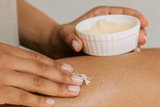
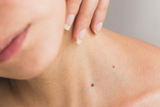
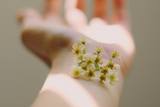

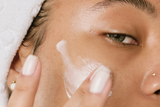
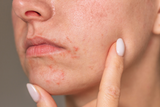
Hey Sandee,
vielen Dank und wie schön, dass der Artikel in deinen Augen hilfreich ist. Ich sehe das genauso wie du: Es ist wirklich mies, was zum Teil in Cremes ist, die “angeblich” für Rosacea funktionieren sollen. Klar Rosazea ist individuell. Ich denke mir dann trotzdem immer, naja die stehen ja morgens nicht mit frischem Flushing und Pusteln vor dem Spiegel. Ein bisschen mehr Rücksicht wäre auf jeden Fall wünschenswert. Und es ist ja nicht so, dass die Informationen nicht da sind. Deshalb war es mit sehr wichtig, das hier im Magazin einmal für alle Rosis da draußen zu bündeln und aufzuklären. Um so mehr freut mich über dein Kommentar hier. Ich freu mich wenn du im Shop vorbeischaust :)
Liebe Grüße, Lara :)